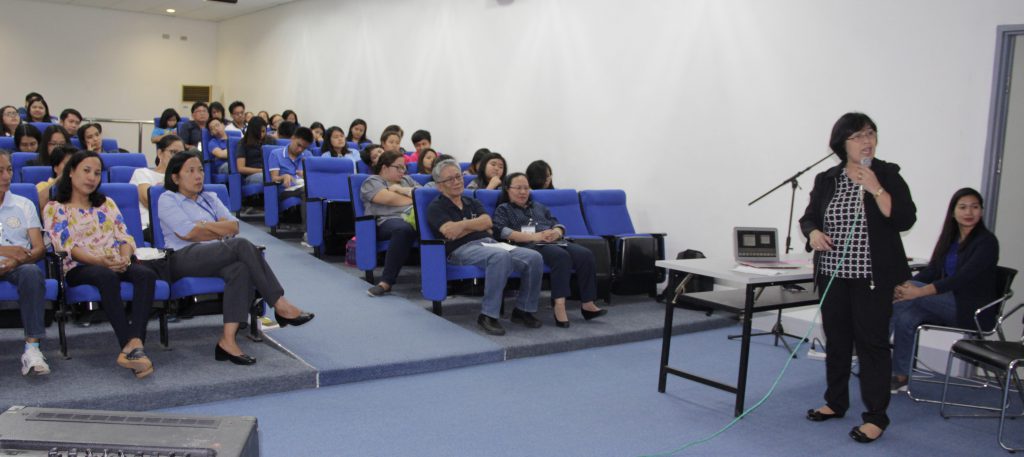The need for government institutions to incorporate Gender Analysis (GA) in all stages of their program or project cycles was stressed during a technical caucus at the Philippine Carabao Center (PCC) National Headquarters and Gene Pool.
The activity was organized by the PCC Research and Development Division and was attended by PCC scientists and researchers.
“GA is a systematic methodology for examining the differences in roles and norms for women and men, girls and boys; the different levels of power they hold; their differing needs, constraints, and opportunities; and the impact of these differences in their lives,” Ma. Fe B. Singson of the National Gender and Development (GAD) Resource Program, Philippine Commission on Women said.
Singson explained that the GA’s goal is for the implementers of projects or programs to get a better understanding of the different genders and their roles in the community, and for them to get better results from development programs they want to implement.
She added that GA will provide analysis of the division of labor and access and control of resources and an understanding of gender relations and their implications for development policy and implementation.
It also disaggregates specific genders to get a better view of their important roles, a review of women’s priorities, women’s practical needs and strategic interest and ways to address them; and a review of social, economic, and political power dynamics, she added.
Singson also said that government institutions, among others, should have an understanding of what gender is and they should apply gender analysis in all situations.
“This is what we call gender perspective. It is an outlook and a way of seeing a set of an insight which informs our understanding of people, the society and how they interact in terms of what men and women do when and why,” she explained.
She emphasized that GA should be conducted in all aspects of a program or project – from its identification, planning, and design of activities to its implementation and evaluation.
“We should use our ‘gender lens’ so we can see the participation, interests, and realities of both men and women,” Singson concluded.
The Philippines, according to a report of the Asian Development Bank (ADB) which covered the years 2011-2016, ranked 9th among 134 countries based on an index gaps in providing equal opportunities and resources for women gender analysis implementation.
The index gaps were identified in the 2010 World Economic Forum.
The ADB report meant that the country has made significant progress in promoting gender equality.

